Good poetry often requires multiple readings to reveal its true message—a literary lesson that John Lennon learned the hard way after writing “I Am the Walrus.” The former Beatle wrote the Magical Mystery Tour track over several weeks, pulling inspiration from an appropriately eccentric list of resources, including LSD, Shakespearian BBC broadcasts, and plenty of social commentary. “I was writing obscurely, á la Dylan, those days,” Lennon later said of his distinctly odd composition in a 1980 Playboy interview.
Videos by American Songwriter
But as it turns out, Lewis Carroll, one of Lennon’s literary inspirations, was also a fan of writing obscurely. Consequently, Lennon ended up basing “I Am the Walrus” on the wrong character in “The Walrus and the Carpenter.”
John Lennon Later Realized His Mistake On “I Am The Walrus”
Years before John Lennon would write one of the Beatles’ most psychedelic tracks, the musician dabbled in prose writing with his 1964 book, In His Own Write. Lennon and critics alike attributed his nonsensical dialect and sense of humor to the English author Lewis Carroll. Carroll, of course, penned iconic works like Alice’s Adventures in Wonderland and Through the Looking-Glass. The latter book contains the poem “The Walrus and the Carpenter.” In the book, the characters Tweedledum and Tweedledee recite to the series’ titular character, Alice.
“The Walrus and the Carpenter” follows a sea creature and laborer walking down a beach when they find a bed of oysters. Both the walrus and the carpenter implore the oysters to walk with them down the shore. But when they stop to take a break, the walrus and carpenter eat all the oysters. In the poem, the walrus seems to be the main manipulator. However, both characters are arguably predatory toward the unassuming oysters. Of course, Lennon only realized this in hindsight.
The poem inspired Lennon’s title and hook: I am the walrus, koo-koo-kachoo. “To me, it was a beautiful poem,” Lennon told Playboy in 1980. “It never dawned on me that Lewis Carroll was commenting on the capitalist and social system. I never went into that bit about what he really meant, like people are doing with the Beatles’ work. Later, I went back and looked at it and realized that the walrus was the bad guy in the story and the carpenter was the good guy. I thought, ‘Oh, s***. I picked the wrong guy; I should have said, ‘I am the carpenter.’ But that wouldn’t have been the same, would it?”
What Else Inspired The Classic Beatles Track?
Lewis Carroll’s fantastical writing style wasn’t the only driving inspiration for John Lennon’s classic Beatles track, “I Am the Walrus,” although a quick read through the musician’s lyrics would offer plenty of absurdity in their own right. Lennon used his Magical Mystery Tour track to reflect on the growing trend of following Eastern religion in the West, serving as part-social commentary, part-vivid world-building by way of the psychedelic drug LSD.
“The first line was written on one acid trip one weekend,” Lennon said in his 1980 interview. The lyric: I am he as you are he as you are me and we are all together. “The second line was written on the next acid trip the next weekend.” See how they run like pigs from a gun, see how they fly. I’m crying. “It was filled in after I met Yoko. Part of it was putting down Hare Krishna. All these people were going on about Hare Krishna, Allen Ginsberg in particular.”
“The reference to ‘elemen’try penguin’ is the elementary, naive attitude if going around chanting, ‘Hare Krishna,’ or putting all your faith in any one idol,” Lennon explained. (The full line is, Elementary penguin singing Hare Krishna, man, you should have seen them kicking Edgar Allan Poe.) “I Am the Walrus” also boasts the distinction of being banned by the BBC for the line, Boy, you’ve been a naughty girl, you let your knickers down.
Photo by Daily Mirror/Mirrorpix/Mirrorpix via Getty Images

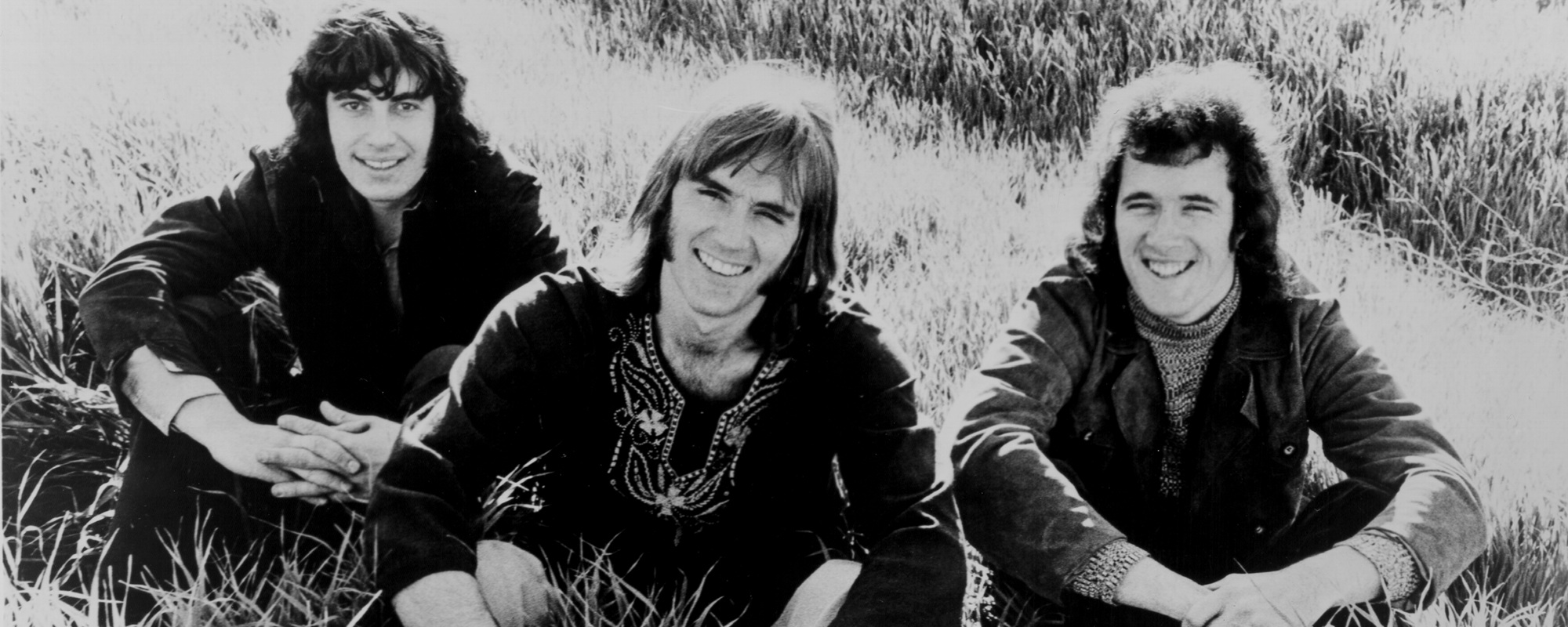
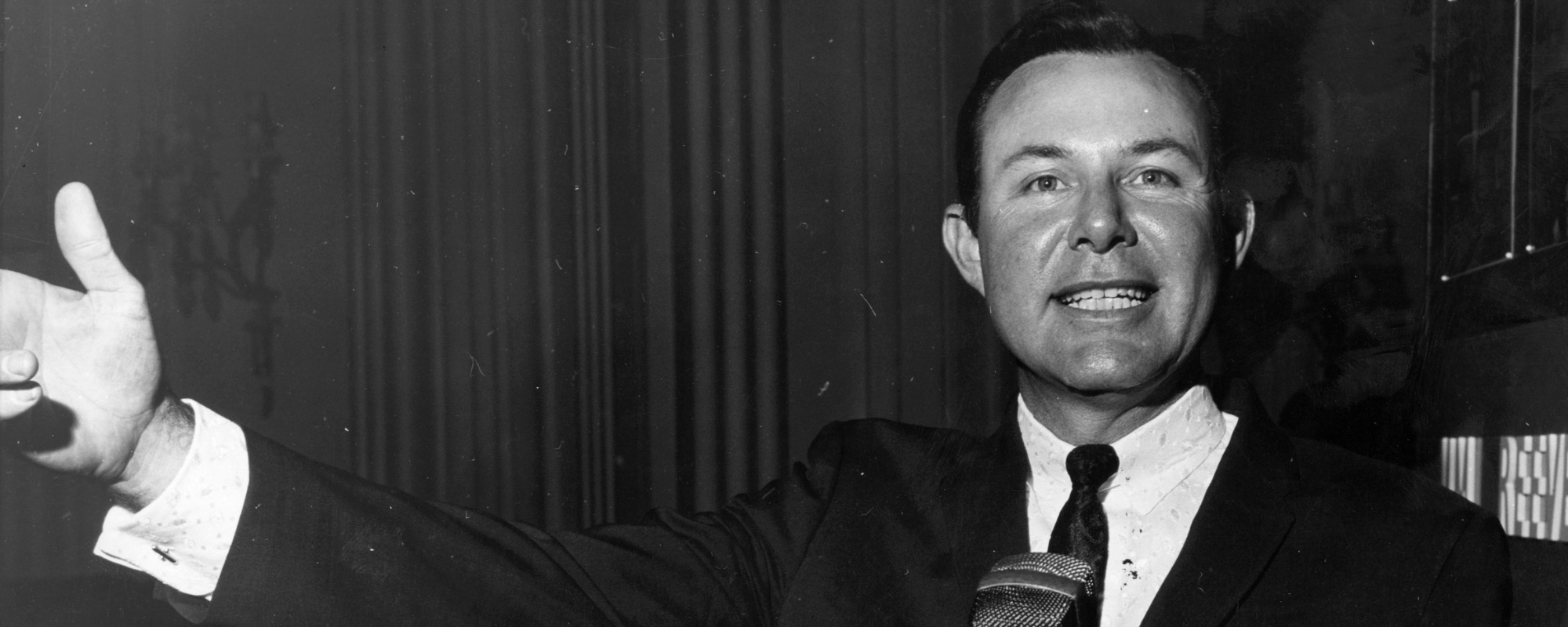
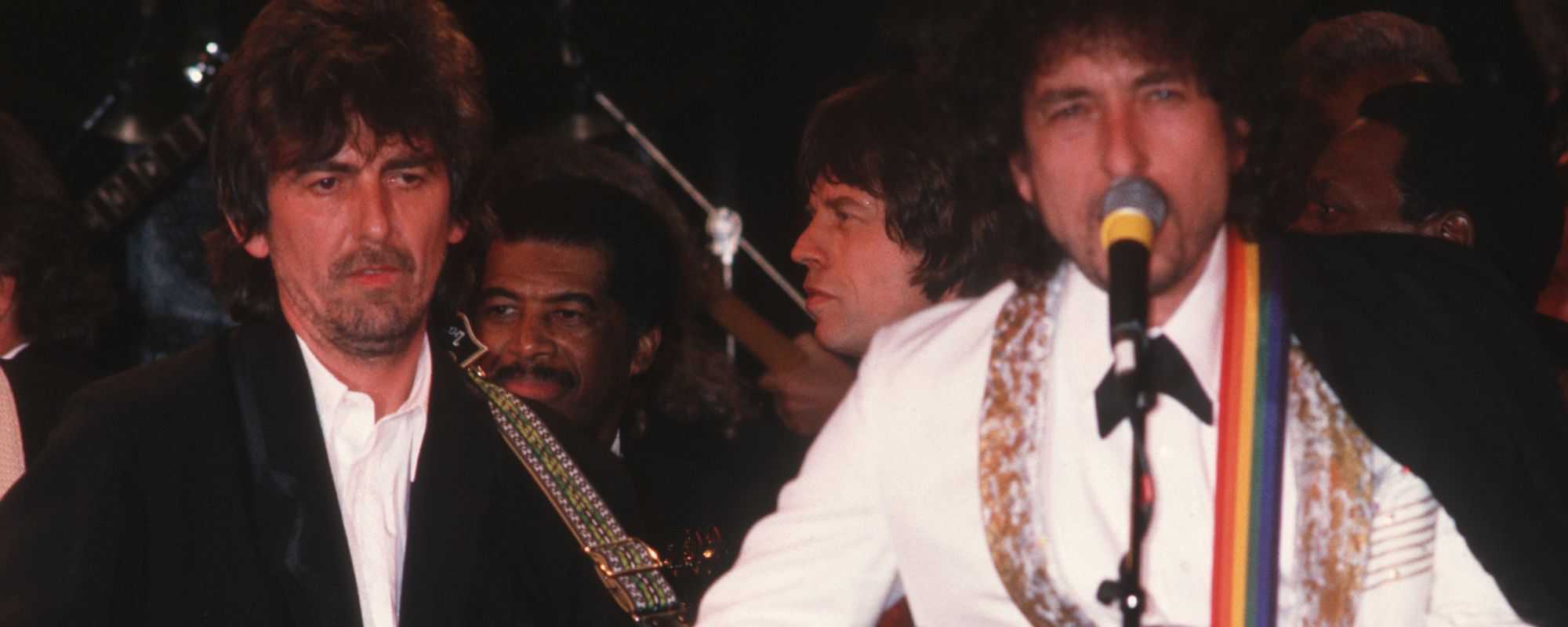
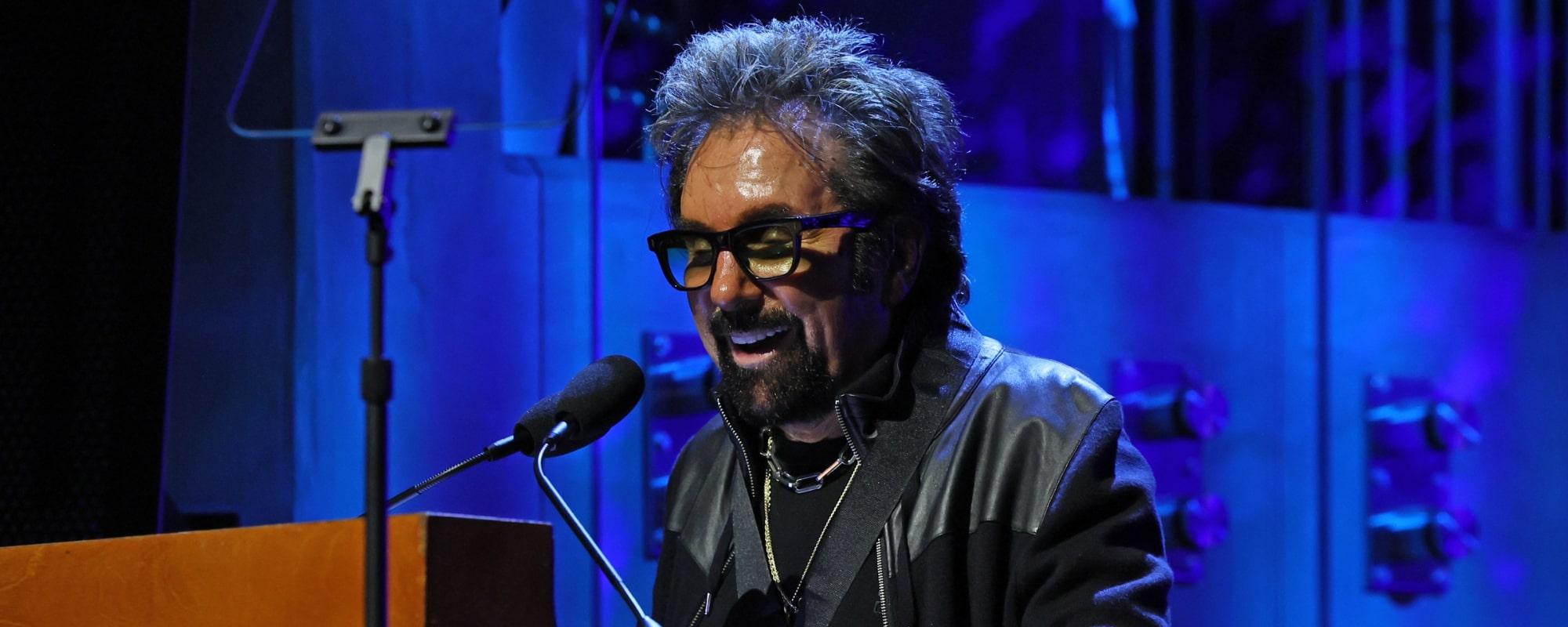




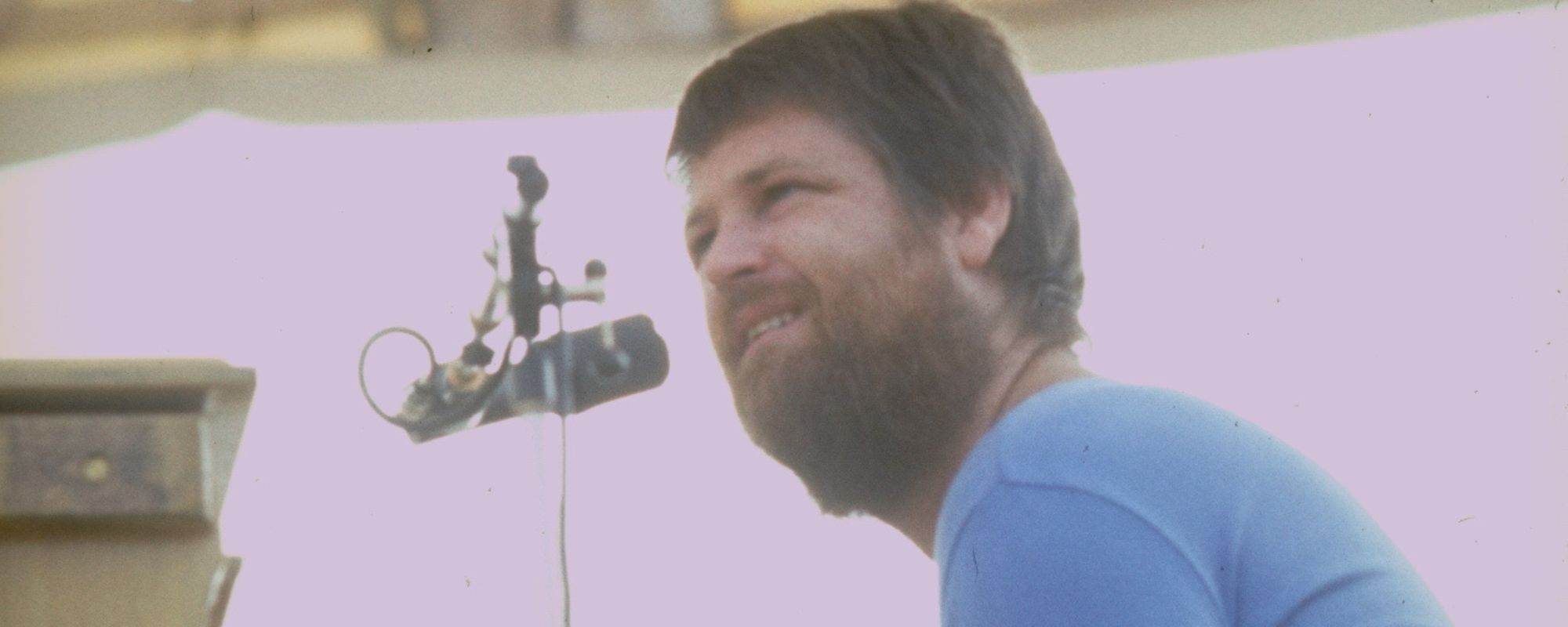
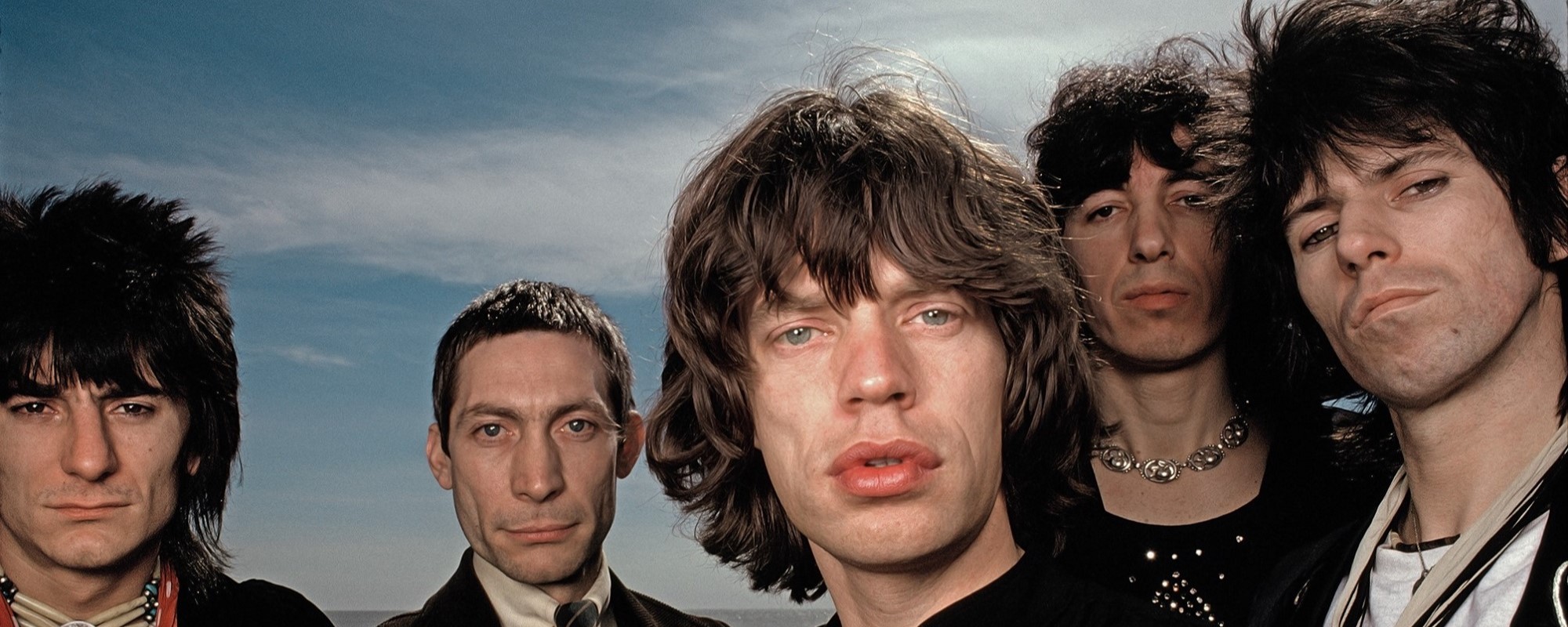

Leave a Reply
Only members can comment. Become a member. Already a member? Log in.